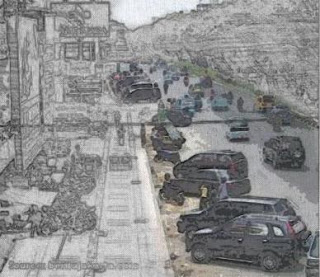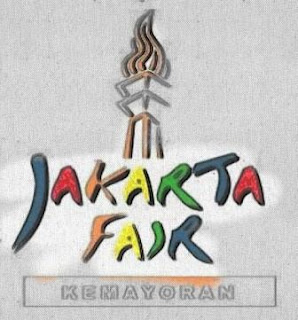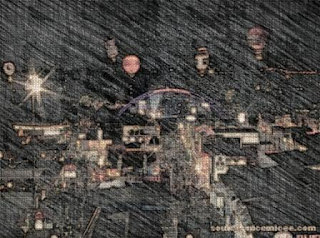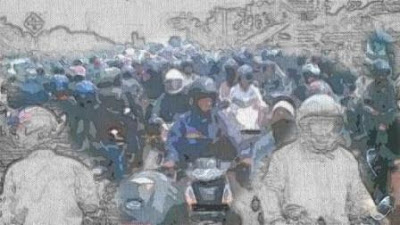It is alarming that the level of seawater inundating Jakarta coastal area is getting higher and higher. Today we can notice that at certain spots in Jakarta coastal area the sea water level invading the land could reach up to 2 meters during high tide. Some people think that Jakarta coastal area is in the process of submerging below the sea level.
Does such a phenomenon really happen in Jakarta? Some surveys conducted in coastal areas indicate that the subsidence of the areas may reach 10 centimeters annually. However, we have to be extremely prudent about such a diagnosis as it may lead us to the wrong solution.
However, this groundwater withdrawal unlikely affects the subsidence in the coastal areas. The evidence of the seawater intrusion up to Central Jakarta proves that such water withdrawal has been compensated by the seawater intrusion to the groundwater formation in those areas.
There are, indeed, certain spots in the coastal areas which are subsiding, such as on the site of Muara Karang power plant, but all of those subsided areas are ex-coastal land reclamation and cannot be generalized to happen elsewhere.
Some experts pointed out to the rise of sea water level which is about one centimeter annually. Once again, we have also to be cautious to such claim as the sea water rise should be globally occurring and should be verified whether it occurs elsewhere.
One thing for sure that the sedimentation which raises the riverbed in the estuary of 13 rivers in the Jakarta Bay is the main cause of the sea flood. In the high tide, these shallow estuaries resulting in the mixture of water from the rivers and the sea spill over the surrounding low areas. The original deep estuaries function like "safety valves" which allow the high tide seawater flow deep toward the upstream of the rivers and not spill over the drylands.
Based on the premise that sea floods coming frontally through the coastline, the City government is currently planning to construct a high polder along the coastal area preventing for the entry of seawater, locally called rob. The polders will be constructed in two sections of the coastal areas which are vulnerable to sea floods, namely Penjaringan to Kapuk Subdistrict in the west and Marunda to Kelapa Gading in the east.
The initial step is to improve the broken parts of the existing polder and water gates, and by doing so the city government promises that in 2012, North Jakarta will be free from sea flood. The next step is to construct a high polder along Jakarta Bay complete with water gates of 200 meters long to allow ocean liners to make their entry into and go out of Tanjung Priok Port.
The initial step is to improve the broken parts of the existing polder and water gates, and by doing so the city government promises that in 2012, North Jakarta will be free from sea flood. The next step is to construct a high polder along Jakarta Bay complete with water gates of 200 meters long to allow ocean liners to make their entry into and go out of Tanjung Priok Port.
Such an ambitious and "luxury" plan definitely will require a huge amount of money. Before the city government goes further with the plan, it is highly advisable to re-scrutinize the diagnosis of the cause of the sea flood in order to get a more proper solution.
We have to consider what some experts said that areas bounded by such high polder will easily become shallow caused by the huge amount of mud and solid wasted discharged by all of those rivers into Jakarta Bay.
It is highly recommended that the city government spends instead the loan or allocated budget, which is originally destined for the polder construction, for the periodic dredging of those estuaries and river rehabilitation. Some of the funds could be also used for relocation of the illegal huts along the river banks and for Jakarta clean rivers campaign. Such spending is definitely much lower than that required for the polder construction.




















